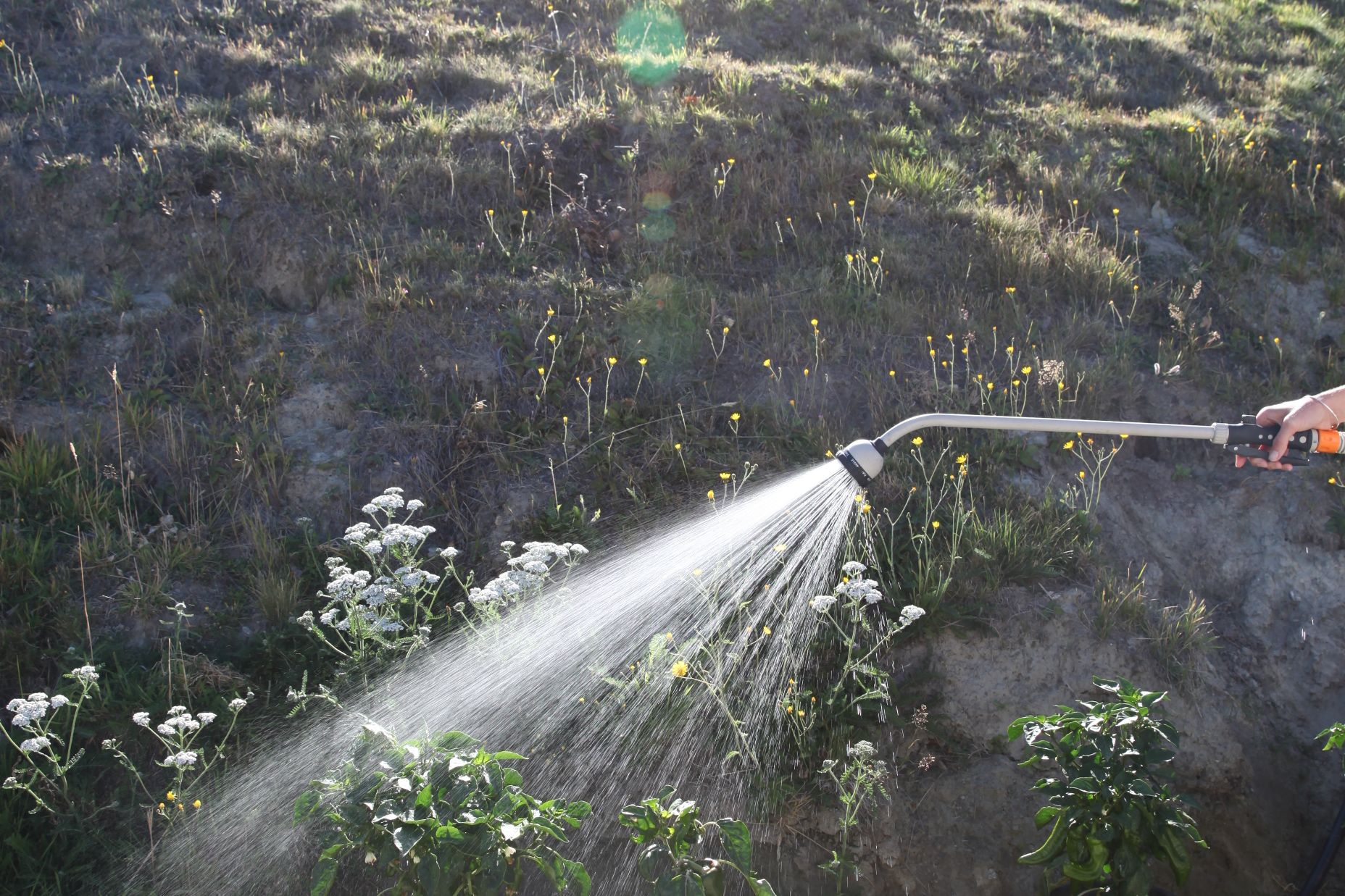
COOKING
|
TIPS & TRICKS
How to Keep Your Kitchen Clean and Safe
By Annabel Langbein
Save Article
Food Safety
Keeping Healthy in the Kitchen
A few years back we got one of those 2am phone calls from Thailand from one of the friends our son Sean was traveling with. There was a note of panic in their voice as they told us that Sean had some kind of food poisoning and was very, very sick. They were wondering if they needed to take him to hospital. My ever-practical husband asked them to try to pull up the skin on Sean's arm to see if the flesh stayed up when they let go – it's a sure sign of major dehydration. The answer was yes, so they rushed him to hospital. He was delirious when he arrived and close to organ failure. He spent 10 days in hospital on a drip. Luckily, he came right but if he hadn’t got to hospital he could've died.
Even here in New Zealand we need to be really careful about campylobacter, especially in summer. Every year about 200,000 New Zealanders get food poisoning, and about half of these cases are caused by food prepared in homes. The most common cause is campylobacter, a dangerous bacteria that can make you very sick and even kill you. (Symptoms of campylobacter poisoning include headaches and fever, diarrhoea, abdominal cramps or pain and muscle pain - if you or your family is suffering from these symptoms, see your doctor.)
Most cases of food poisoning occur during the warmer months, partly because we are entertaining more, and partly because bacteria breed faster in warm, moist conditions. That's why we need to take special care when preparing, cooking and storing food in summer - particularly when barbecuing.
Some foods, including raw meat, seafood, rice and potato flakes, are more likely to carry harmful bacteria, so need to be transported, prepared, cooked and stored with extra care. Campylobacter bacteria can easily be transferred to other foods and surfaces around your kitchen, where they can thrive and make you sick. Most Kiwis think their home hygiene standards are up to scratch, but the statistics show some of us are doing something wrong. To make sure no one gets sick in your home, check your food preparation practices against our Clean, Cook, Chill list below...
Clean
Before you prepare food and after handling raw meat: Wash your hands, chopping boards, dishes and utensils (such as knives) in hot soapy water. Dry them properly – preferably air dry, not with a towel.
Cook
Cook food thoroughly: Cook meat and poultry all the way through so that the juices run clear, especially chicken and mince If reheating food, reheat until hot. Warm does not kill bacteria. Hot does! Take extra care when barbecuing.
Chill
To stop bacteria growing in your food: Cover food and keep it in the fridge. Keep cooked and raw food separate. Don’t leave food out. Refrigerate leftovers within two hours or bin them. If in doubt – throw it out!
You may also like

You might like ‘Essential: Best-Ever Meals for Busy Lives’
In this beautiful compendium, New Zealand's Queen of the kitchen gathers more than 650 of her best-ever savoury recipes, including hundreds of clever cooking tips, variations and springboard recipes that demonstrate key techniques. The essential kitchen handbook for today’s busy lives.
Healthy
Eating lighter doesn’t mean less flavour! You’ll love these simple, delicious recipes that are designed to keep you feeling fresh.

Snacks & Starters
Light bites and simple snacks to tide you over and satisfy your cravings.

Kids
Simple and nutritious meals that you'll feel good about feeding your family.

Special Occasions
Celebrate the moments that matter with unforgettably delicious meals.


